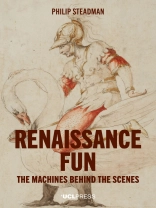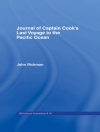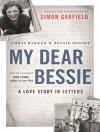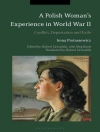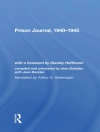Renaissance Fun is about the technology of Renaissance entertainments in stage machinery and theatrical special effects; in gardens and fountains; and in the automata and self-playing musical instruments that were installed in garden grottoes.
How did the machines behind these shows work? How exactly were chariots filled with singers let down onto the stage? How were flaming dragons made to fly across the sky? How were seas created on stage? How did mechanical birds imitate real birdsong? What was ‘artificial music’, three centuries before Edison and the phonograph? How could pipe organs be driven and made to play themselves by waterpower alone? And who were the architects, engineers, and craftsmen who created these wonders? All these questions are answered. At the end of the book we visit the lost ‘garden of marvels’ at Pratolino with its many grottoes, automata and water jokes; and we attend the performance of Mercury and Mars in Parma in 1628, with its spectacular stage effects and its music by Claudio Monteverdi – one of the places where opera was born.
Renaissance Fun is offered as an entertainment in itself. But behind the show is a more serious scholarly argument, centred on the enormous influence of two ancient writers on these subjects, Vitruvius and Hero. Vitruvius’s Ten Books on Architecture were widely studied by Renaissance theatre designers. Hero of Alexandria wrote the Pneumatics, a collection of designs for surprising and entertaining devices that were the models for sixteenth and seventeenth century automata. A second book by Hero On Automata-Making – much less well known, then and now – describes two miniature theatres that presented plays without human intervention. One of these, it is argued, provided the model for the type of proscenium theatre introduced from the mid-sixteenth century, the generic design which is still built today. As the influence of Vitruvius waned, the influence of Hero grew.
Praise for Renaissance Fun
‘Renaissance Fun is offered as an entertainment in itself. But behind the show is a much more serious scholarly argument, centered on the enormous influence of two ancient writers on these subjects.’
The Old Dragon
‘Highly engaging and entertaining… conversational and easily accessible…’
Meta Science
‘A joy to read. Its ingenious composition, tailored to the book’s contents and argument, significantly contributes to this.’
Technology and Culture
‘Uniquely important… should be useful in challenging modern theatrical designers and engineers who are stalled in their creativity… [and] scholars of Renaissance drama.’
Pennsylvania Literary Review
‘This is a learned and pioneering study of a hitherto neglected subject, and also (as its title suggests) full of entertaining information.’
Art books of the year 2021, The Spectator
‘A beautifully engineered book, easy to read and full of interesting examples and detail … packed with illustrations … The paperback is good value but you can even download the book for free.’
Journal of the Magic Lantern Society
‘Steadman… offers a remarkable, lavishly illustrated survey of the variety of technologies, designs, and inventions for stage entertainments and of automata and technology displayed in the gardens of aristocrats during the European renaissance.’
Choice
‘Written in jargon-free language, Renaissance Fun makes its subject feel accessible. Such a style suits the mission of UCL Press, which provides free digital copies of its books online. The richly illustrated book would most benefit readers interested in the mechanics of Italian Renaissance art, design, and theater.’
Isis
‘Renaissance Fun is an engaging book (“fun, ” indeed, as the title suggests) and is especially so hen considered as an architect-engineer’s catalogue raisonné on the makings and workings of machines’
Early Science and Medicine
‘Steadman definitely achieves his goal of writing an entertaining book. This is not least due to the successful linking of the text with the numerous illustrations, some of them in colour, which on the one hand facilitate understanding, but on the other hand also reflect the splendour of the Renaissance.’
Francia Recensio
‘The richness of the research at the foundation of this study makes it useful for scholars such as historians of theatre and spectacle, historians of architecture, historians of Italian culture and drama, historians of sciences, and cultural studies specialists.’
Renaissance and Reformation/Renaissance et Réforme
‘Steadman’s book is a beautiful treasure trove of surprising and ingenious machines’
Bulletin of the Comediantes
Содержание
List of figures
Acknowledgements
Introduction
Part I: The machine in the theatre
1 Changing the scenes Intermezzo: Moving pictures
2 Theatres of machines Intermezzo: Artificial weather
3 The automata of Hero of Alexandria
Part II: The machine in the garden
4 Artificial creatures Intermezzo: Talking heads
5 Water in the air Intermezzo: Surprise soakings
6 Artificial music
Part III: A garden and an opera
7 The ‘garden of marvels’ at Pratolino
8 Mercury and Mars in Parma, 1628
Reprise: Hero as unlikely hero
Select bibliography
Index
Об авторе
Philip Steadman is Emeritus Professor of Urban and Built Form Studies at University College London, and author of Vermeer’s Camera (2001).
